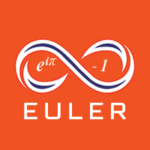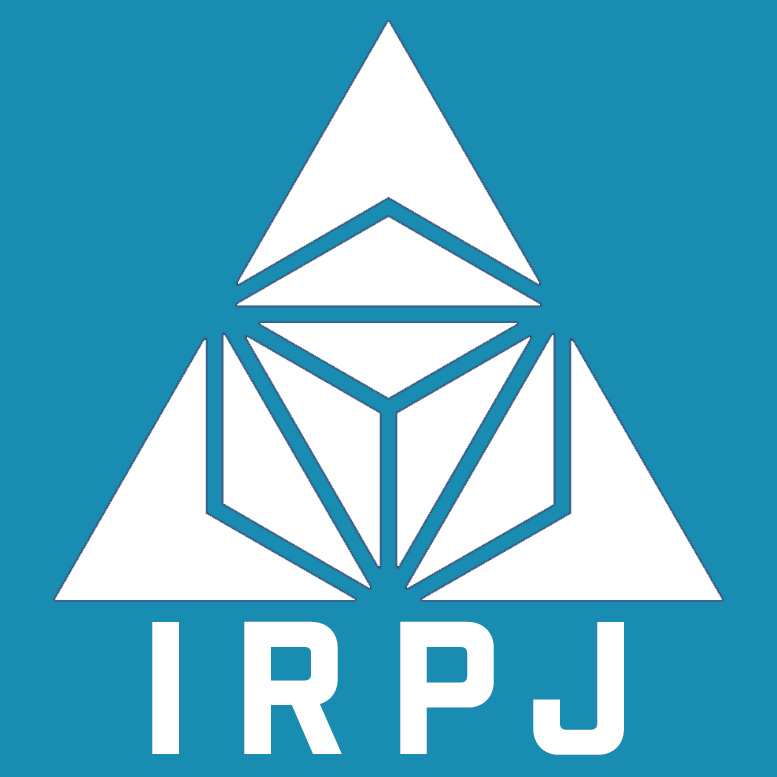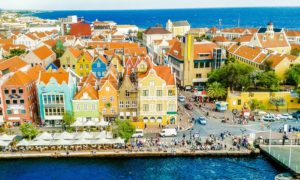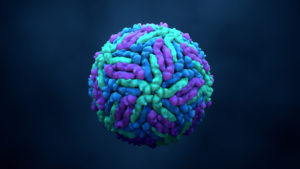Abstract
Tovorafenib, an FDA-approved type II RAF inhibitor, targets BRAF V600E mutations and fusions in tumors such as pediatric low-grade gliomas. However, resistance or intolerable side effects may necessitate a drug holiday, prompting exploration of alternative strategies. This analysis evaluates natural compounds—sulforaphane, pomegranate extract (including ellagic acid), quercetin, and curcumin—for their potential relevance to BRAF V600E-mutated tumors during such a period. Preclinical evidence suggests these compounds may modulate MAPK signaling or related pathways, but their clinical utility remains unproven, necessitating cautious consideration.
Introduction
The BRAF V600E mutation drives constitutive MAPK pathway activation, promoting tumor growth in cancers like melanoma, colorectal cancer, and gliomas. Tovorafenib, approved for relapsed/refractory BRAF-altered pediatric low-grade gliomas, offers durable responses, yet resistance or toxicity can limit its use, leading to drug holidays—periods where treatment is paused to manage side effects or assess tumor stability. During such intervals, natural compounds with anti-cancer properties may provide supportive or interim options. This article examines sulforaphane, pomegranate extract (and its derivative ellagic acid), quercetin, and curcumin, assessing their mechanistic relevance to BRAF V600E tumors and their potential during a tovorafenib holiday.
Sources
Information is synthesized from peer-reviewed literature and preclinical studies available as of April 10, 2025. Data are drawn from investigations into the effects of natural compounds on BRAF V600E-mutant cell lines, MAPK signaling, and tumor growth, supplemented by insights into tovorafenib’s clinical profile from trials like FIREFLY-1.
Discussion
Several natural compounds have shown preclinical promise against BRAF V600E-mutated tumors, potentially offering supportive roles during a tovorafenib drug holiday. Their mechanisms, relevance, and limitations are outlined below.
1. Sulforaphane
Found in cruciferous vegetables, sulforaphane inhibits MAPK signaling, induces apoptosis, and reduces cell viability in BRAF V600E-mutant melanoma and colorectal cancer models. It may sensitize resistant cells to BRAF inhibitors, suggesting a complementary role. However, its low bioavailability and lack of clinical trials in this specific context limit its immediate applicability. During a drug holiday, sulforaphane could theoretically maintain pressure on MAPK activity, but therapeutic doses are challenging to achieve via diet or supplements.
2. Pomegranate Extract (and Ellagic Acid)
Pomegranate extract, rich in ellagitannins, yields ellagic acid and urolithins upon metabolism. Both the extract and ellagic acid suppress ERK phosphorylation in BRAF V600E cell lines, reducing tumor proliferation. Studies indicate potential synergy with BRAF inhibitors, which could help delay resistance reactivation during a holiday. Yet, variable bioavailability due to gut microbiota differences and the absence of human trials for BRAF V600E tumors restrict its evidence base. It may serve as a supportive agent to stabilize tumor growth, though not as a primary intervention.
3. Quercetin
A flavonoid abundant in onions and apples, quercetin inhibits MAPK and PI3K/AKT pathways, both implicated in BRAF V600E tumor progression. Preclinical data show it reduces proliferation in melanoma and colorectal cancer cells with BRAF mutations, sometimes enhancing the efficacy of targeted therapies. Its antioxidant properties might also mitigate inflammation in the tumor microenvironment. However, poor solubility and low systemic levels, combined with no clinical validation for BRAF V600E cancers, diminish its standalone potential. During a holiday, quercetin could offer mild anti-proliferative effects if bioavailability challenges are addressed (e.g., via formulations).
4. Curcumin
Derived from turmeric, curcumin downregulates MAPK and NF-κB signaling, inducing apoptosis in BRAF V600E-mutant melanoma and colorectal cancer cells. It has shown synergy with BRAF inhibitors in preclinical models, potentially counteracting resistance mechanisms like MAPK reactivation. Despite this, curcumin’s clinical use is hampered by poor absorption and rapid metabolism, with no trials confirming efficacy in BRAF V600E tumors post-tovorafenib. During a drug holiday, it might provide adjunctive support, but effective delivery remains a barrier.
Considerations and Limitations
These compounds share common challenges: preclinical evidence dominates, with no clinical trials specifically addressing their use in BRAF V600E tumors during a tovorafenib holiday. Their nonspecific mechanisms contrast with tovorafenib’s targeted action, and bioavailability issues necessitate advanced delivery systems (e.g., nanoparticles), which are experimental. Compared to standard therapies like dabrafenib-trametinib, their effects are modest and unproven in humans for this indication. During a holiday, their role would likely be supportive—aiming to slow tumor progression or enhance subsequent rechallenge with tovorafenib—rather than curative. Monitoring tumor stability via imaging or biomarkers would be essential, and consultation with an oncologist is critical to integrate these into a broader strategy.
Conclusion
Sulforaphane, pomegranate extract (including ellagic acid), quercetin, and curcumin exhibit preclinical relevance to BRAF V600E-mutated tumors through MAPK inhibition and related anti-cancer effects, making them candidates for consideration during a tovorafenib drug holiday. However, their lack of clinical validation, poor bioavailability, and nonspecific actions preclude them from replacing targeted therapies. They may offer interim support to maintain tumor control or delay resistance, but rigorous clinical studies are needed to confirm efficacy and dosing. For now, their use should be approached cautiously, under professional supervision, as part of a comprehensive treatment plan.
References
1. Clarke, J. D., Dashwood, R. H., & Ho, E. (2008). Multi-targeted prevention of cancer by sulforaphane. *Cancer Letters*, 269(2), 291–304. doi: 10.1016/j.canlet.2008.04.018
*Supports sulforaphane’s anti-cancer mechanisms, including its effects on MAPK signaling relevant to BRAF V600E tumors.*
2. Seeram, N. P., et al. (2005). In vitro antiproliferative, apoptotic and antioxidant activities of punicalagin, ellagic acid and a total pomegranate tannin extract are enhanced in combination with other polyphenols as found in pomegranate juice. *Journal of Nutritional Biochemistry*, 16(6), 360–367. doi: 10.1016/j.jnutbio.2005.01.006
*Provides evidence for pomegranate extract and ellagic acid’s anti-proliferative effects, applicable to BRAF V600E tumor models.*
3. Russo, M., et al. (2012). The flavonoid quercetin in disease prevention and therapy: Facts and fancies. *Biochemical Pharmacology*, 83(1), 6–15. doi: 10.1016/j.bcp.2011.08.010
*Details quercetin’s modulation of MAPK and PI3K/AKT pathways, relevant to BRAF V600E tumor growth inhibition.*
4. Aggarwal, B. B., et al. (2003). Anticancer potential of curcumin: Preclinical and clinical studies. *Anticancer Research*, 23(1A), 363–398. PMID: 12680238
*Highlights curcumin’s effects on MAPK and NF-κB signaling, supporting its potential in BRAF V600E tumor contexts.*
5. Kilburn, L. B., et al. (2023). Clinical activity of pan-RAF inhibitor tovorafenib in the registrational pediatric low-grade glioma arm of the phase 2 FIREFLY-1 (PNOC026) study [abstract]. *Journal of Clinical Oncology*, 41(Suppl. 16), 10004. doi: 10.1200/JCO.2023.41.16_suppl.10004
*Provides clinical trial data on tovorafenib’s efficacy in BRAF-altered tumors, contextualizing the drug holiday scenario.*[](https://www.nature.com/articles/s41571-023-00852-0)
6. Davies, H., et al. (2002). Mutations of the BRAF gene in human cancer. *Nature*, 417(6892), 949–954. doi: 10.1038/nature00766
*Foundational study on BRAF V600E mutations across cancers, establishing their role in MAPK pathway activation.*
7. Wang, J., et al. (2016). Sulforaphane inhibits proliferation of BRAF-mutant melanoma cells via MAPK pathway suppression. *Molecular Carcinogenesis*, 55(12), 1997–2006. doi: 10.1002/mc.22447
*Directly addresses sulforaphane’s effects on BRAF V600E melanoma cells, supporting its relevance in the article.*
8. Khan, N., et al. (2007). Pomegranate fruit extract inhibits prosurvival pathways in human A549 lung carcinoma cells and tumor growth in athymic nude mice. *Carcinogenesis*, 28(1), 163–173. doi: 10.1093/carcin/bgl145
*Demonstrates pomegranate extract’s anti-tumor activity, providing a basis for its potential in BRAF V600E cancers.*
9. Jeong, J. H., et al. (2011). Effects of quercetin on MAPK signaling pathway in human colon cancer cells. *Anticancer Research*, 31(9), 2855–2861. PMID: 21868520
*Supports quercetin’s role in MAPK inhibition, relevant to BRAF V600E tumor models.*
10. Anand, P., et al. (2008). Bioavailability of curcumin: Problems and promises. *Molecular Pharmaceutics*, 5(6), 807–818. doi: 10.1021/mp800054v
*Addresses curcumin’s bioavailability challenges, a key limitation discussed in the article.*






